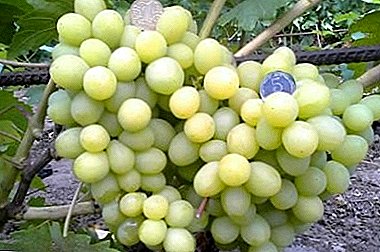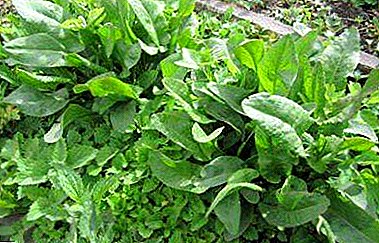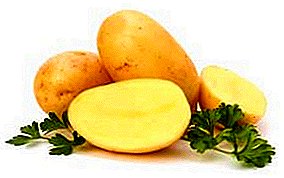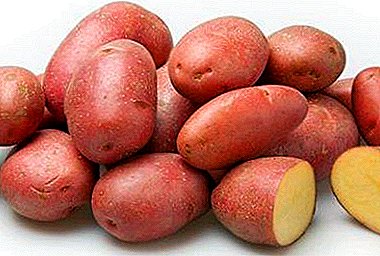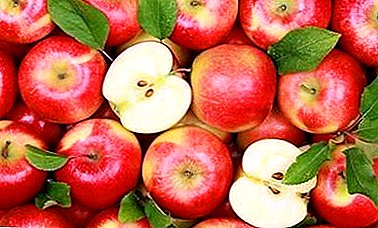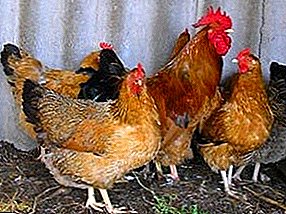
In recent years, due to the unfavorable environmental situation, the massive use of chemotherapy drugs, and vaccination, the list of infectious diseases and their etiological structure have changed dramatically.
In the poultry industry, infectious diseases, which are spread due to disturbances in the cultivation of poultry, a significant concentration of birds in a limited area, and so on, pose a serious danger.
One of the diseases causing significant damage to households is pasteurellosis.
What is chick pasteurellosis?
Pasteurellosis is an infectious disease that can occur in acute, subacute or chronic forms.
Both chickens and hens, as well as geese, ducks, quails, and turkeys are susceptible to infection. The young hens are especially sensitive to pasteurellosis.
Older birds are more resistant. Having survived, the bird becomes a lifelong bacilli carrier. As resistance decreases, it begins to spread the infection.
History reference
 As the records show, the disease has been known to people for a long time, but its nature was established only in the 19th century.
As the records show, the disease has been known to people for a long time, but its nature was established only in the 19th century.
For the first time pasteurellosis was described in 1877 by D. Rivolt.
A year later, E.M. Zemmer discovered the pathogen of chickens.
Much work to identify the nature of pasteurellosis was done by L. Pasteur.
In 1880, a scientist identified the pathogen and was able to get it in pure culture. Thanks to his work, active specific prophylaxis was developed.
It was in honor of his discoveries that the name was established. Pasterella.
Pasteurellosis sick birds in all countries of the world. In Russia, the disease was detected in all regions, and the highest incidence was recorded in the middle lane.
Foci annually recorded in several dozen places. The situation is worsened by the fact that not only poultry but also animals are affected by this disease. The economic damage is significant. Sick chickens dramatically reduce their productivity.
In the outbreaks of detection of the disease, birds have to be sent for slaughter, spend money on the purchase of new young, and carry out preventive and recreational activities. The percentage of the incidence of birds - 90%, death threatens up to 75% of them.
Pathogens
 Pasteurellosis occurs due to Pasteurella P. Haemolytica and P. Multocida, which are elliptical sticks.
Pasteurellosis occurs due to Pasteurella P. Haemolytica and P. Multocida, which are elliptical sticks.
They are located in isolation, do not form a dispute. They are characterized by bipolar coloring in smears of blood and organs.
Given the heterogeneity of the P. Multocida structure, it is especially important to select vaccine strains.
Pasteurella that causes pasteurellosis, can live long in frozen meat (up to 1 year), in corpses (up to 4 months), much less - in cold water (2-3 weeks) and manure.
Good kill their direct sunlight. Treatment with 5% solution of carbolic acid and lime milk, bleach solution (1%) also helps.
Symptoms and forms of the disease
 Chickens are usually infected through the mucous membrane of the pharynx and upper respiratory tract.
Chickens are usually infected through the mucous membrane of the pharynx and upper respiratory tract.
It does not exclude infection through the digestive tract and damaged skin.
Another way is disease transmission through bloodsucking parasites.
As soon as microbes enter the body of the bird, they immediately begin to multiply.
First, in the place of introduction, then entering the blood and lymphatic system. In the course of pasteurellosis, agressins play a certain role, which increase the infectious ability of bacteria and suppress antiogressins.
The incubation period can last a different number of days. The nature of the course of the disease depends on the form of the disease.
Super sharp
The bird falls ill suddenly. Outwardly it looks healthy, does not show any signs of the disease, but at one point it falls dead due to intoxication.
 Feeding chickens Master Gray is not much different from the general rules for feeding poultry, but there are some differences.
Feeding chickens Master Gray is not much different from the general rules for feeding poultry, but there are some differences.The disease of birds Pulloz-Tif is very serious. Learn more about it from this article!
Sharp
This form is the most common. The bird shows lethargy, it seems that she is depressed. At the same time, the temperature rises to 43 ° С, pronounced cyanosis appears on the ridge and beards.
Possible discharge from the nose of a foamy yellow liquid. The bird stops eating, but it drinks a lot and eagerly. For acute form is characterized by slimy diarrhea. With this form, chickens do not live more than 1-3 days.
Chronic
 After the acute form may begin chronic.
After the acute form may begin chronic.
After the seeming recovery in the bird, the joints of the legs and wings swell, and the beard necrosis may appear.
The bird is sick for a long time, up to 21 days, then - fatal. But if she survives, becomes a carrier of the infection.
At autopsy in chickens suffering from acute and subacute forms, bad bleeding of the carcass is detected.
They have bluish muscles, small hemorrhages on the serous membranes of the liver, intestines, spleen, ovaries, and foci of inflammation in the lungs.
Diagnostics
 Due to the fact that pathological-anatomical changes and the clinical picture are not specific enough, the bacteriological diagnosis plays the main role in the diagnosis of the disease.
Due to the fact that pathological-anatomical changes and the clinical picture are not specific enough, the bacteriological diagnosis plays the main role in the diagnosis of the disease.
The corpses of birds are delivered to the laboratory and investigated. In the acute form of the disease, one day after seeding blood from a corpse, a clear growth of culture is visible.
A smear is taken from the liver and spleen, and at microscopic examination it turns out to see the painted bipolar, peculiar for pasteurellosis.
In addition, the selected culture infect experimental animals to ensure the correctness of the obtained analysis.
Treatment
Treatment is reduced to the improvement of conditions of detention and feeding, as well as the use of symptomatic agents.
Veterinarians often use hyperimmune polyvalent serum and tetracycline antibiotics (biomitsin, levomycetin, terramycin).
The more modern drugs for the treatment of pasteurellosis in chickens include trisulfone, cobactan suspension, left erythrocycline.
Prevention and control measures
 Prevention consists in proper observance of the standards of sanitary hygiene, timely allocation and neutralization of hens-carriers of infection, as well as preventive vaccinations.
Prevention consists in proper observance of the standards of sanitary hygiene, timely allocation and neutralization of hens-carriers of infection, as well as preventive vaccinations.
When identifying sick birds need to disconnect them from healthy, stop the movement of birds inside and outside the farm. Poultry houses, paddocks and all inventory are thoroughly disinfected.
Be sure to mow down overgrown runs, are insolated and plowed. In the diet of birds include vitamin feed and feeding.
Pasteurellosis is better to prevent than to deal with it. Dangerous disease, characterized by the massive death of chickens. Poultry owners should have information about the disease in order to protect the hens from harm in time.


